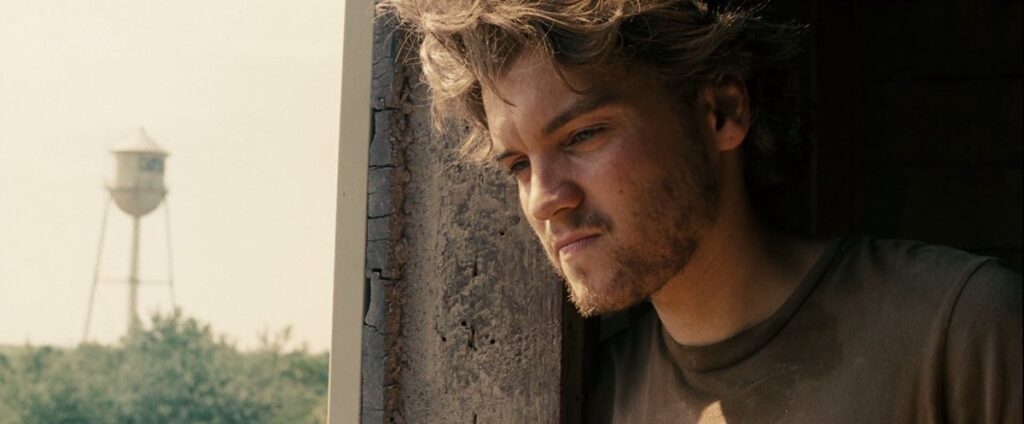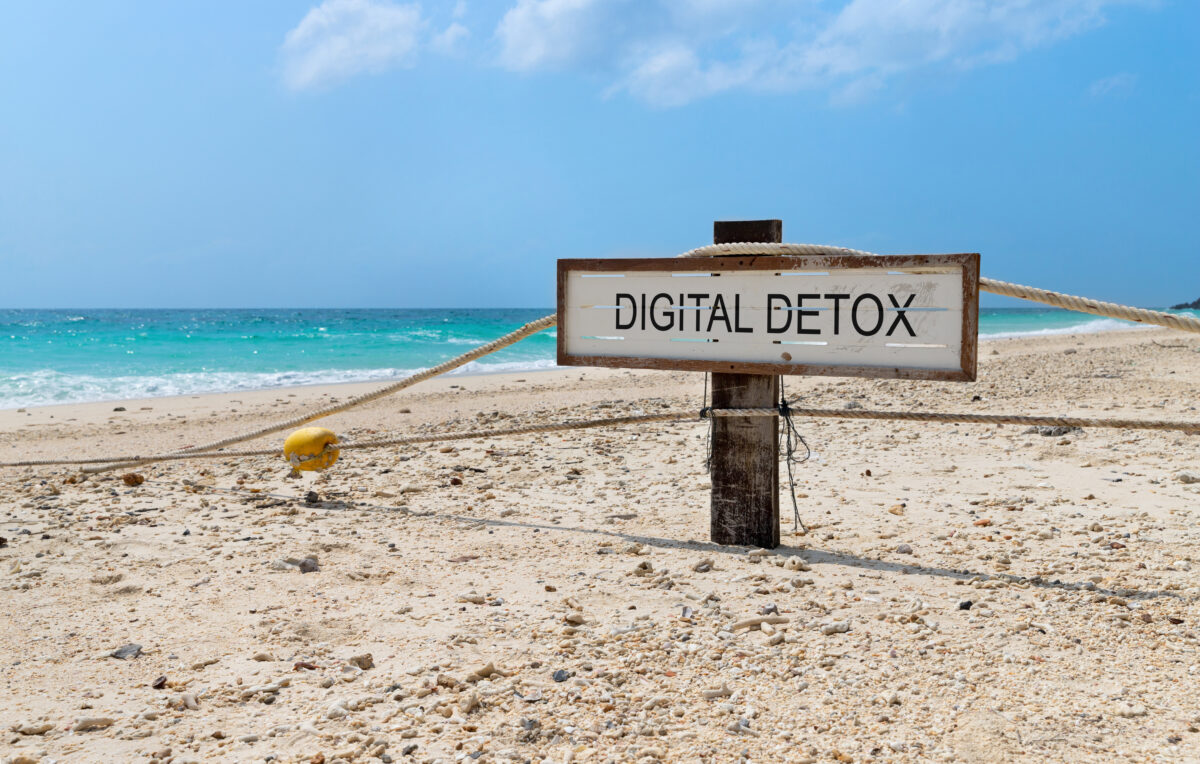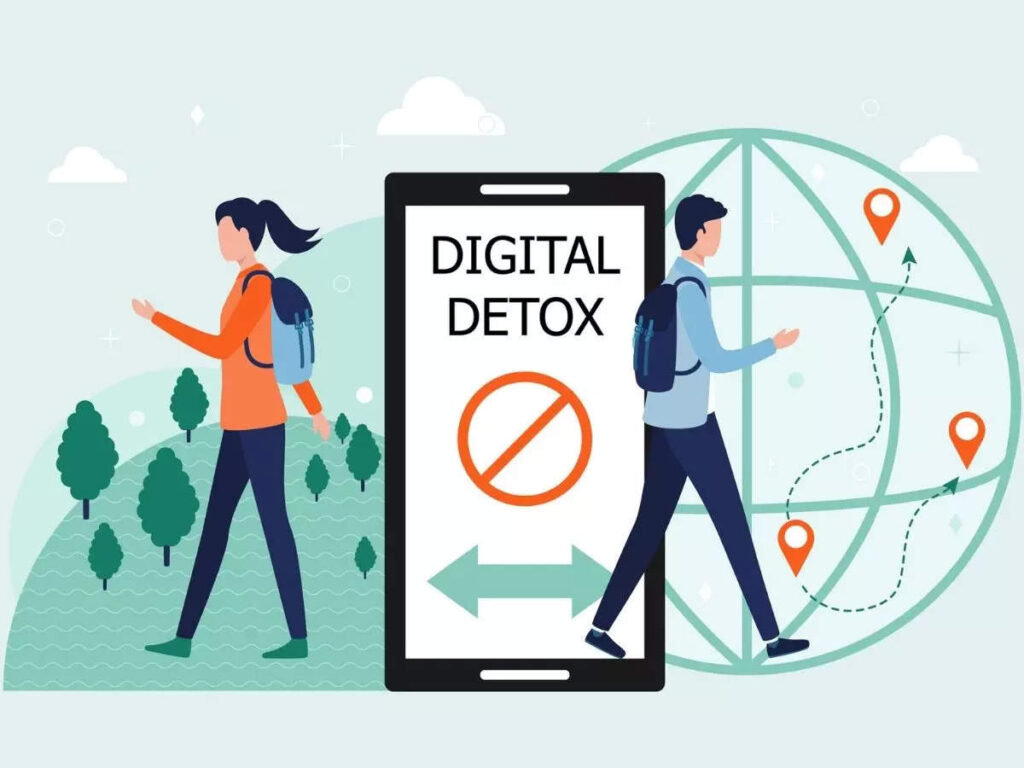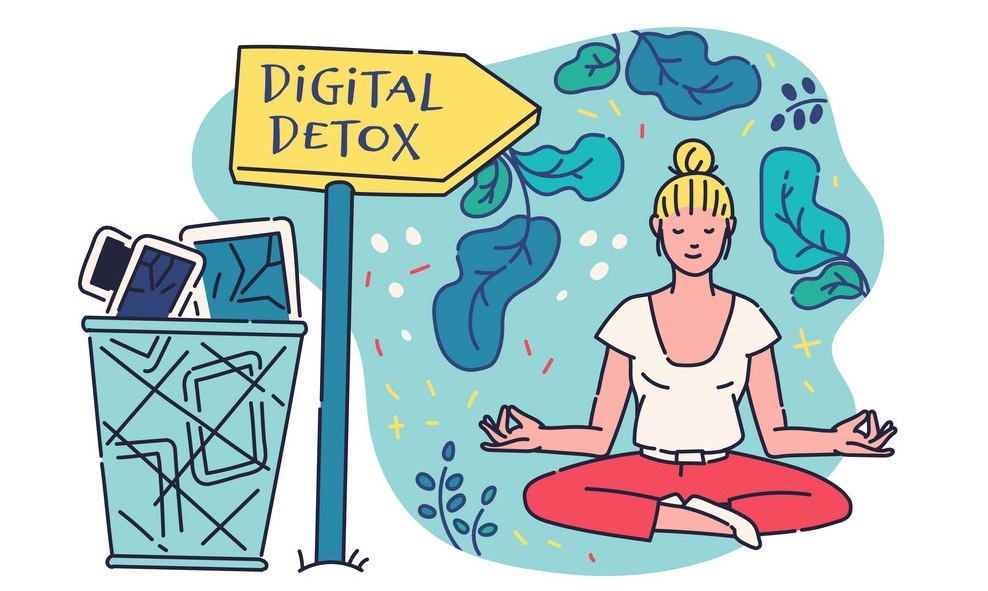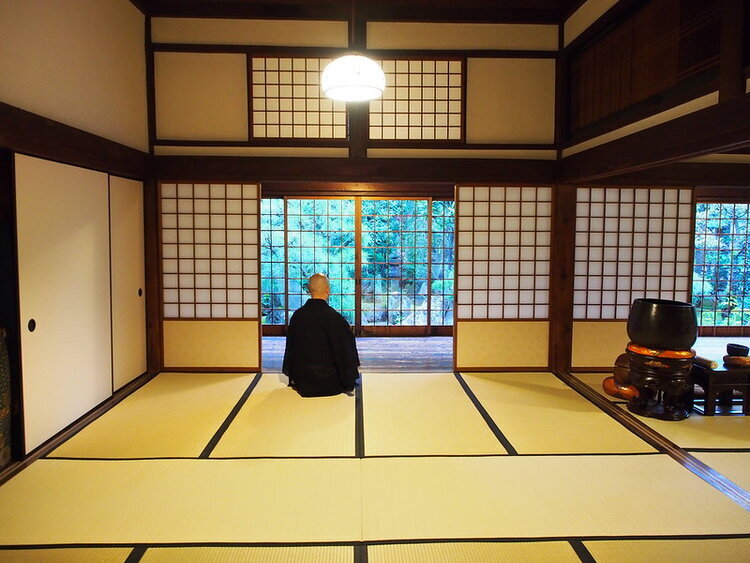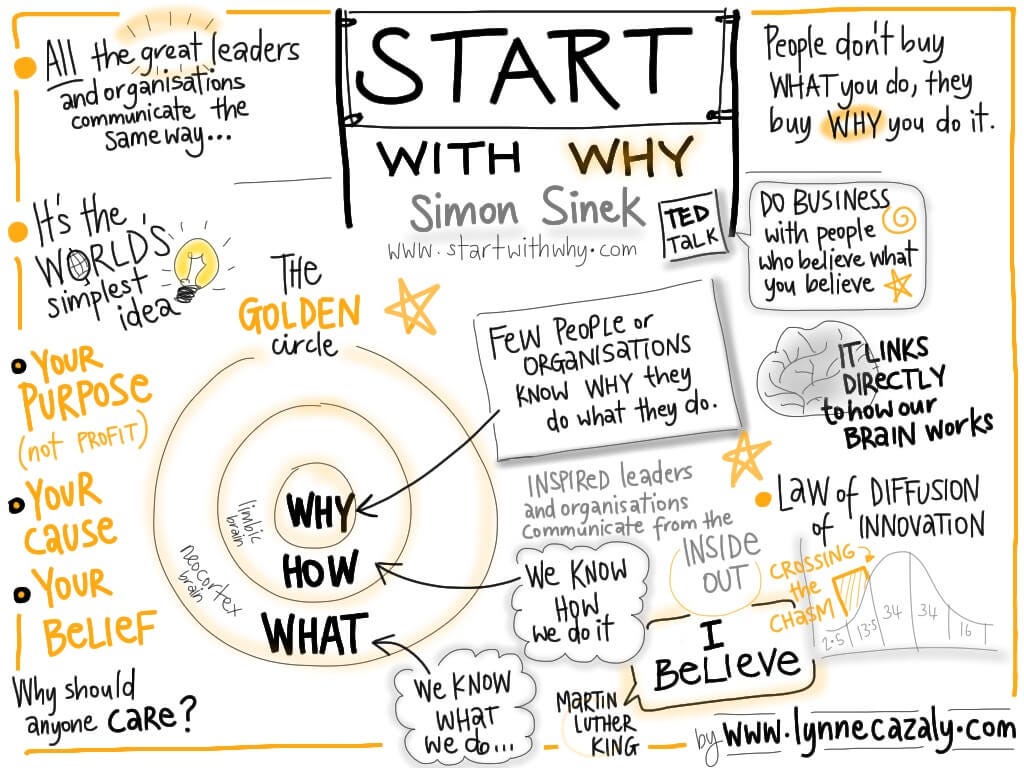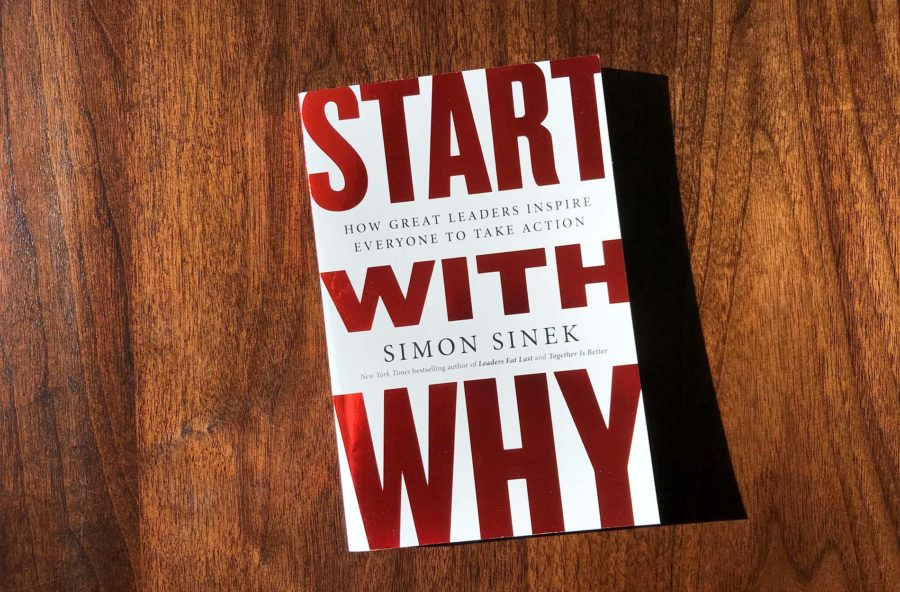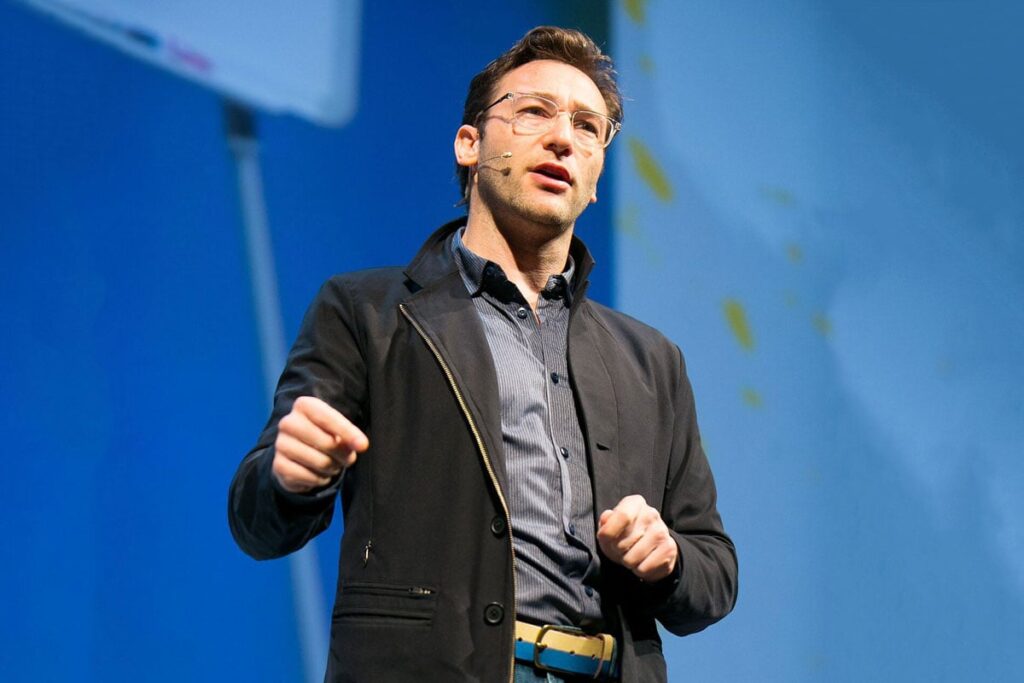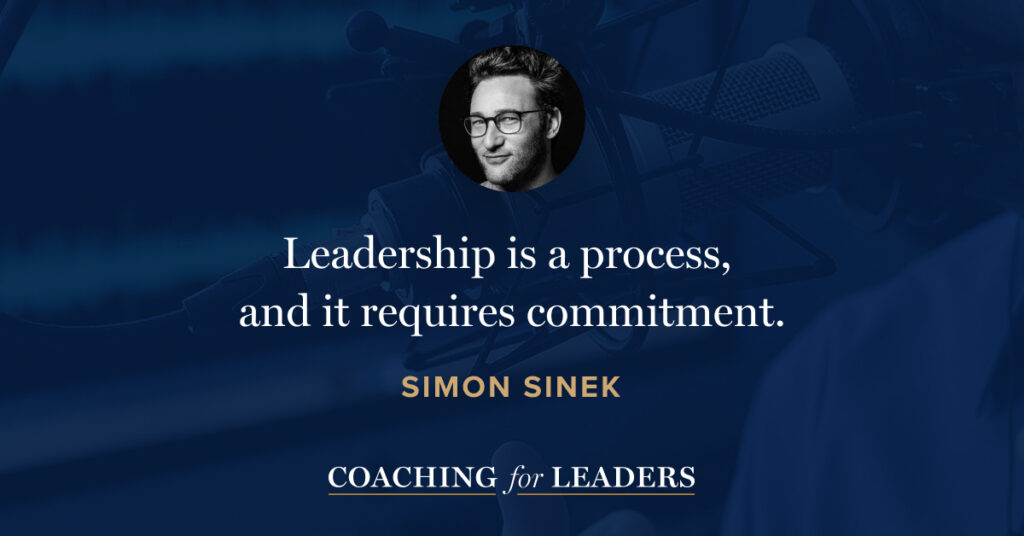Growing up with pets has long been touted for its myriad benefits, both for physical health and emotional well-being. However, beyond the simple joy of having a furry companion to play with, there lies a more profound relationship between children and their pets. In recent years, researchers have delved into the psychological aspects of this bond, uncovering a wealth of evidence to support the notion that pets can serve as invaluable therapists for young minds navigating the complexities of childhood.
Many men’s t-shirts feature designs inspired by beloved pets, allowing owners to proudly display their affection. Whether you’re a dog person or a cat person, incorporating your love for animals into your wardrobe can be a delightful way to express your personality and showcase your appreciation for the psychological benefits of pet ownership.
Pets, whether they be cats, dogs, rabbits, or even more exotic creatures, offer a unique form of companionship that is unparalleled in its unconditional love and acceptance. For children, especially those facing adversity or challenges, this bond can be transformative, providing a source of comfort and security in an often uncertain world. Indeed, the simple act of stroking a dog’s fur or cuddling a cat can release a cascade of feel-good hormones in the brain, promoting feelings of happiness and reducing stress and anxiety.
Furthermore, the responsibilities that come with pet ownership can instill valuable life skills in children, teaching them about empathy, compassion, and the importance of nurturing relationships. From feeding and grooming to providing emotional support, caring for a pet requires a level of responsibility that can help foster a sense of purpose and self-esteem in young individuals. In this way, pets serve not only as companions but also as teachers, imparting invaluable lessons that extend far beyond the confines of childhood.
Just as pets provide comfort and companionship, wheel loaders for sale offer efficiency and power in handling heavy materials and construction tasks, providing essential support in various industries.
The Power of Unconditional Love

At the heart of the bond between children and their pets lies the concept of unconditional love. Unlike many human relationships, which may be fraught with expectations and conditions, the love shared between a child and their pet knows no bounds. Pets offer a safe haven for children to express themselves freely, without fear of judgment or rejection. This sense of acceptance can be particularly beneficial for children who may struggle to form connections with their peers or family members.
Research has shown that the presence of pets in the home can have a profound impact on children’s emotional development, fostering feelings of security and attachment that lay the foundation for healthy relationships later in life. Moreover, the bond formed with a pet can provide a buffer against the negative effects of stress and trauma, offering a source of comfort and stability during challenging times. Indeed, studies have found that children who grow up with pets are less likely to experience anxiety and depression, and may even exhibit higher levels of self-esteem and resilience.
Much like how pets offer unconditional love and support, effective loan servicing for trust accounts offers peace of mind, knowing that pets will be cared for even in the owner’s absence.
In addition to their emotional benefits, pets can also serve as social catalysts, helping children to develop important social skills such as empathy, communication, and cooperation. Whether it be through playing with a pet at the park or proudly showing off their furry friend to classmates, pets can provide children with common ground upon which to build friendships and forge connections with others. In this way, pets not only enrich the lives of individual children but also contribute to the social fabric of communities as a whole.
The Therapeutic Value of Animal Companionship
Beyond their role as loving companions, pets have increasingly been recognized for their therapeutic potential in supporting children’s mental health. Animal-assisted therapy, or AAT, involves the use of trained animals to help individuals cope with a wide range of psychological and emotional issues. From anxiety and depression to autism spectrum disorders and trauma, AAT has been shown to be effective in reducing symptoms and improving overall well-being in children and adolescents.
Much like how a furry therapist provides comfort and companionship, a media agency utilizes creative strategies to connect with audiences on an emotional level, underscoring the significance of emotional connections in both personal and professional contexts.

The presence of animals has been found to have a calming effect on children, lowering heart rate and blood pressure and reducing levels of cortisol, the stress hormone. Moreover, interactions with pets can stimulate the release of oxytocin, often referred to as the “love hormone,” which plays a key role in bonding and social bonding. For children who may struggle to connect with others or regulate their emotions, these physiological responses can be particularly beneficial, providing a sense of comfort and security that extends beyond the therapy session.
In addition to individual therapy sessions, pets can also play a valuable role in classroom settings, where they can serve as emotional support animals for students with special needs or behavioral challenges. The presence of a therapy animal in the classroom can create a calming atmosphere conducive to learning, while also promoting social interaction and cooperation among students. Furthermore, caring for a classroom pet can teach valuable life skills such as responsibility, empathy, and respect for all living creatures.
Expanding Access to Animal-Assisted Therapy
While the therapeutic benefits of animal companionship are well-established, access to animal-assisted therapy (AAT) remains limited for many children and families, particularly those in underserved communities or rural areas. Addressing this disparity requires innovative approaches to delivering AAT services in a more accessible and cost-effective manner. One promising avenue is the integration of technology into AAT programs, allowing for virtual interactions with therapy animals through video calls or virtual reality simulations.
Virtual AAT platforms have the potential to reach a broader audience of children in need, regardless of geographical location or socioeconomic status. By leveraging existing technologies such as video conferencing software or immersive virtual reality environments, therapists can conduct AAT sessions remotely, providing children with the opportunity to interact with therapy animals from the comfort of their own homes. This not only eliminates the need for travel to a physical therapy location but also reduces barriers related to cost and transportation.
Moreover, virtual AAT platforms can offer greater flexibility in scheduling sessions, making it easier for busy families to participate in therapy sessions at a time that is convenient for them. Whether it be after school, on weekends, or during school holidays, virtual AAT sessions can be tailored to accommodate the individual needs and schedules of children and their families. This flexibility not only improves access to therapy but also ensures that children receive the support they need when they need it most.
In addition to virtual AAT, mobile AAT clinics can also help extend the reach of therapy services to underserved communities. By equipping mobile units with trained therapy animals and licensed therapists, these clinics can bring AAT directly to schools, community centers, and other locations where children and families gather. This approach not only reduces barriers related to transportation and accessibility but also helps to destigmatize mental health services by making them more visible and accessible within the community.
Animal-Assisted Interventions in Education
Beyond their therapeutic benefits, animals can also play a valuable role in enhancing educational outcomes for children. Animal-assisted interventions (AAIs) in education involve the use of animals to facilitate learning and promote academic success in school settings. From literacy programs to social-emotional learning initiatives, AAIs have been shown to engage students, improve motivation, and enhance overall academic performance.
One area where AAIs have shown particular promise is in improving literacy skills among young children. Reading to therapy animals, such as dogs or cats, has been found to increase reading fluency and comprehension, as well as confidence and motivation in struggling readers. The nonjudgmental presence of a therapy animal can create a supportive and encouraging environment for children to practice their reading skills, free from the fear of making mistakes or being criticized.
Moreover, the use of animals in educational settings can help to foster empathy, compassion, and prosocial behavior among students. Interacting with animals teaches children about the importance of kindness and respect for all living creatures, while also promoting a sense of responsibility and caretaking. By incorporating animals into classroom activities and curriculum, educators can instill important values and life skills that extend beyond the academic realm.
In addition to improving literacy and social-emotional skills, AAIs can also have positive effects on classroom behavior and classroom climate. Research has shown that the presence of animals in the classroom can reduce disruptive behavior, increase engagement, and create a more positive and inclusive learning environment. By fostering a sense of connection and belonging, animals help to create a sense of community within the classroom, where all students feel valued and accepted.
Ethical Considerations in Animal-Assisted Therapy
While the use of animals in therapy and education can yield significant benefits for children, it is important to consider the ethical implications of these practices and ensure the well-being of the animals involved. Ethical guidelines and standards of practice should be established to govern the use of animals in AAT and AAIs, ensuring that their welfare is prioritized and that they are treated with the respect and care they deserve.

First and foremost, animals used in therapy and education should be well-trained, certified, and regularly assessed for their suitability for the role. Training programs should focus not only on obedience and behavior but also on the welfare needs of the animals and their ability to interact safely and appropriately with children. Additionally, animals should be provided with adequate housing, nutrition, and veterinary care to ensure their physical and emotional well-being.
Furthermore, consent should be obtained from both the children and their parents or guardians before participating in AAT or AAIs. Children should be informed about the nature of the therapy or educational intervention and given the opportunity to express their preferences and concerns. Likewise, parents should be fully informed about the risks and benefits of involving their child in animal-assisted activities and given the opportunity to ask questions and make informed decisions about their child’s participation.
In conclusion, while the use of animals in therapy and education holds great promise for improving the well-being and academic success of children, it is essential that ethical considerations guide the implementation of these practices. By ensuring the welfare of the animals involved and respecting the autonomy of the children and families participating, we can harness the power of the human-animal bond to create positive and meaningful experiences for all involved.









